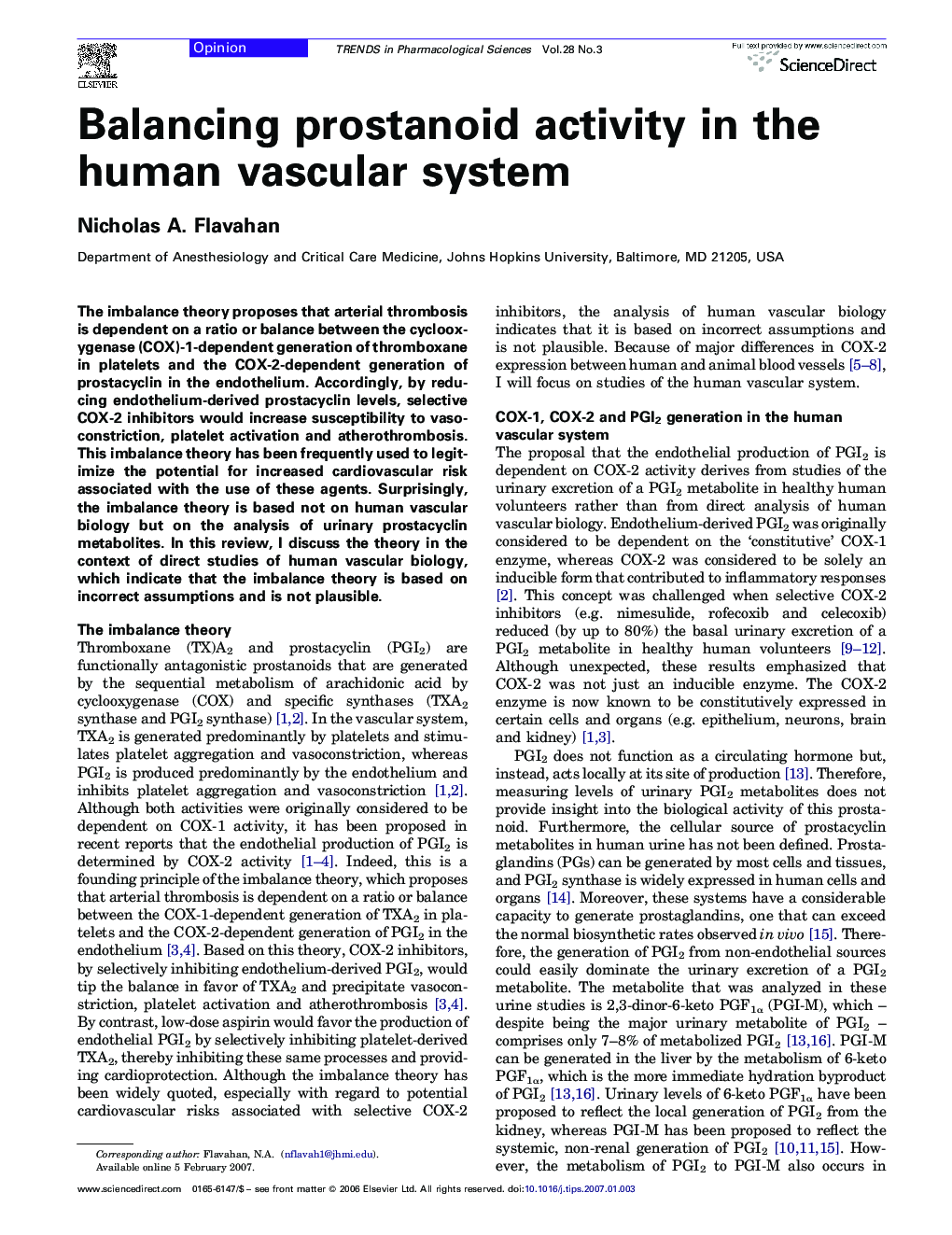| Article ID | Journal | Published Year | Pages | File Type |
|---|---|---|---|---|
| 2573720 | Trends in Pharmacological Sciences | 2007 | 5 Pages |
The imbalance theory proposes that arterial thrombosis is dependent on a ratio or balance between the cyclooxygenase (COX)-1-dependent generation of thromboxane in platelets and the COX-2-dependent generation of prostacyclin in the endothelium. Accordingly, by reducing endothelium-derived prostacyclin levels, selective COX-2 inhibitors would increase susceptibility to vasoconstriction, platelet activation and atherothrombosis. This imbalance theory has been frequently used to legitimize the potential for increased cardiovascular risk associated with the use of these agents. Surprisingly, the imbalance theory is based not on human vascular biology but on the analysis of urinary prostacyclin metabolites. In this review, I discuss the theory in the context of direct studies of human vascular biology, which indicate that the imbalance theory is based on incorrect assumptions and is not plausible.
